Did you know that Windows key is the cause of various issues while you’re working? It’s like poking a bear with a stick. It will attack at any time and wreak havoc in your work! But that doesn’t mean you have to deal with it. In this article, I am going to show you how to disable Windows key in Windows 8,7 and XP.

Windows has many shortcuts that make your work function more efficiently. They are very useful and can be extremely convenient and time-saving. One such shortcut is the Windows Key shortcut.
The icon for Windows Key, when clicked, will take you to the start menu. You may use it together with other keys such as Winkey to perform commands and actions that you do with your mouse.
However, this shortcut can also be a source of interference, for example, during gaming. If the shortcut for Windows Key is mistakenly clicked during a PC game, the taskbar will suddenly be minimized – as though it has disappeared. This can be quite distracting for gamers.
Disabling Windows Key enhances the gamer’s experience. This guide will give you step-by-step instructions on how to disable Windows Key when you need to. You may choose the method you prefer, or use all three at different times.
Method 1: Use The WinKey Application
The WinKey Killer application is free and it has a small size. It is easily found on Google. It works well with Windows 10, but it has been noted that it does not work well with the older versions of Windows. It is the easiest way to disable the Windows key temporarily.
- Download the WinKill application on your PC.
- Extract the application on your computer.
- The Winkill application can be found in your systems and applications. Click the icon to enable it.
- When the Winkill is enabled, a red “×” will be seen on the icon of the Windows key, as illustrated below. Your Windows key is now disabled.
- You may disable your Winkill to enable your Windows key when needed.
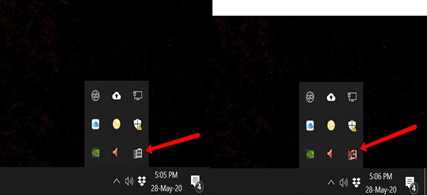
Method 2: Use The Microsoft PowerToys Application
Microsoft PowerToys can remap some shortcuts, including the Windows key.
- Download the Microsoft PowerToys application.
- Install it into your PC.
- Launch the application.
- Open PowerToys Application Settings. Select the option that is labeled “Remap a key.”
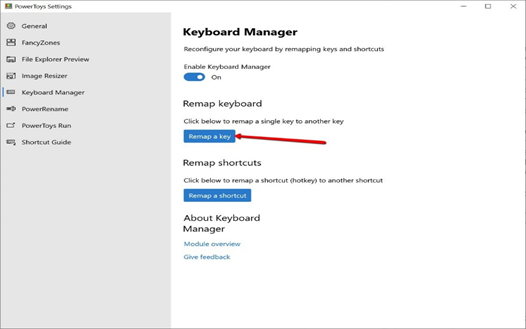
- After clicking Remap a key, options will be displayed, like the screenshot below illustrates. Choose the button with the + sign. Under the button labeled key, choose the “Type Key" and then click the Windows key.
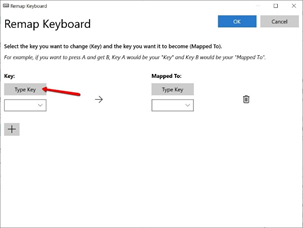
- Press OK.
- In the option that says Mapped To, select the arrow to drop the menu. Then select “Undefined.”
- Click on the OK button located on the right top.
- Choose the option that is labeled “Continue anyway.” Your Windows key is disabled now.
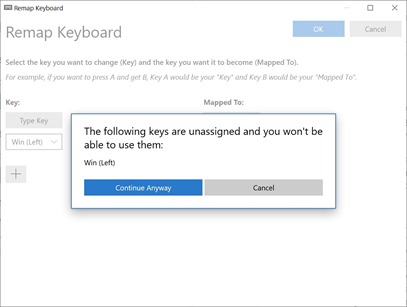
- If you would want to enable the Windows key, click on the trash icon, after following the steps outlined above.
Method 3: Edit The Registry of Your Computer
This method is advanced. Do not attempt it unless you have experience with dealing with computer software, to avoid making semi-permanent changes on your computer. It is recommended that you use method 1 and method 2 to disable the Windows key temporarily. Method 3 is more permanent.
- Click on the start of your computer. Open the registry, as shown on the screenshot.
- Go to the left side of the screen. Follow these steps HKEY_LOCAL_ MACHINE, then System, then CurrentControlSet, then Control, then Keyboard Layout
- Go to the right side of the window. Right-click on it. An option labeled “New" will pop up. Click on it.
- Options will be displayed. Choose “Binary Value.”
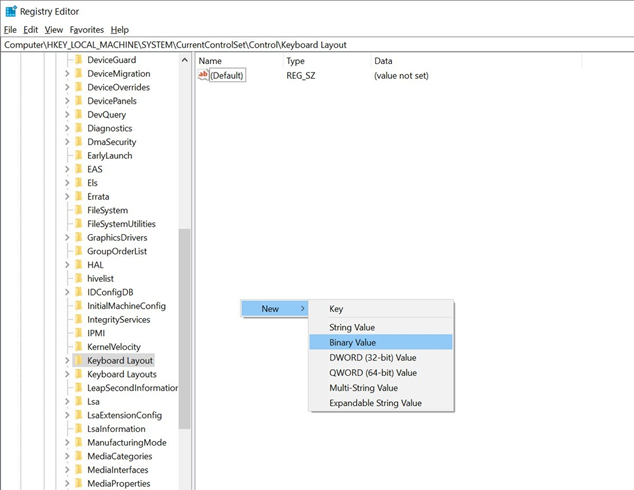
- you will be asked for the Value Name. Type in Scancode Map.
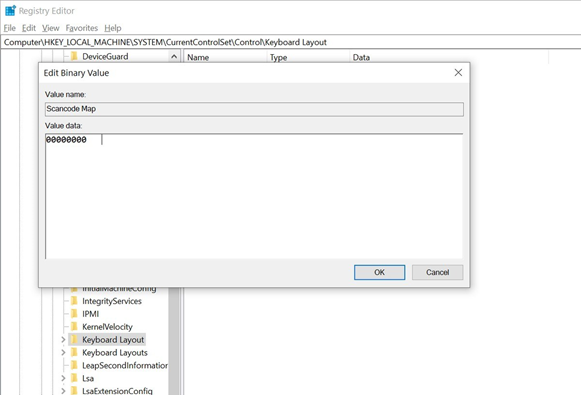
- Click Scancode Map twice. You will be asked to enter the Value data. Enter 00000000000000000300000000005BE000005CE000000000.
- Click Okay.
- Close Registry Editor.
- Restart your computer.
Following the aforementioned steps will allow you to disable the Windows key and provide you with a smoother and uninterrupted gaming experience.
Summary: Disable Windows key
- Enable "Filter keys" under the control panel.
- Under "filter keys" go to "keyboard settings".
- Disable the "Use shortcut" checkbox at the bottom of the window.
- Click OK and restart.